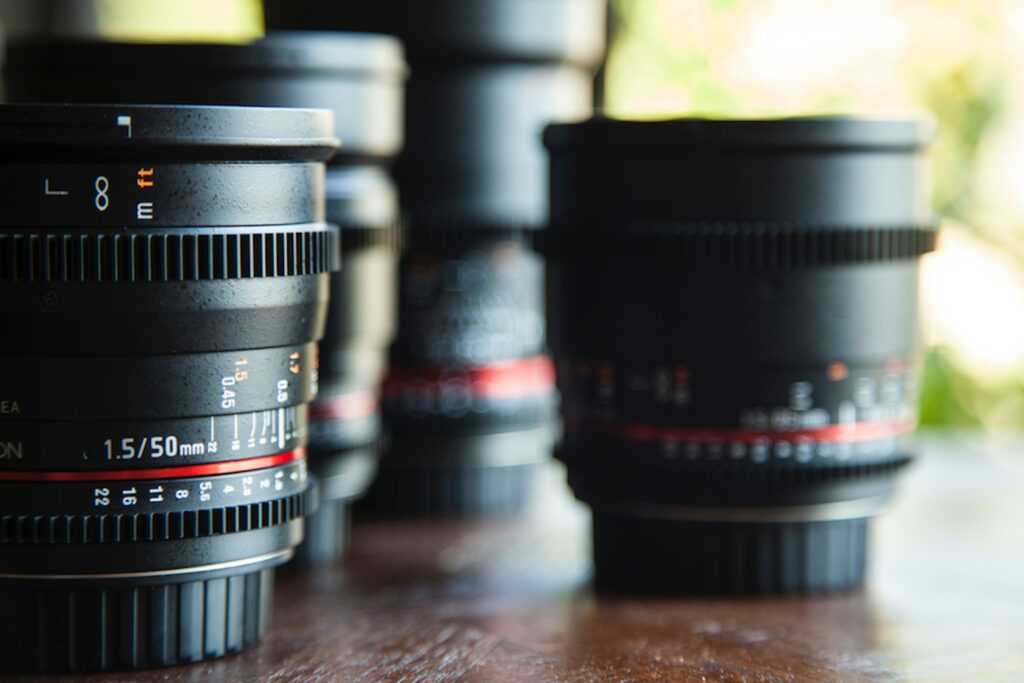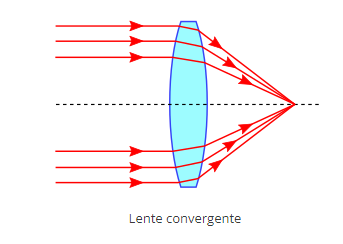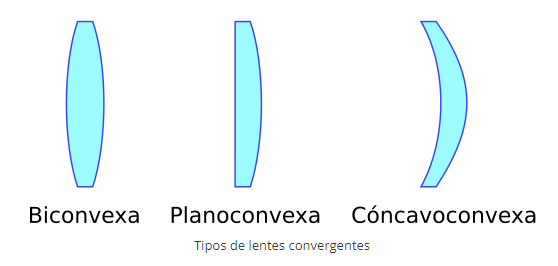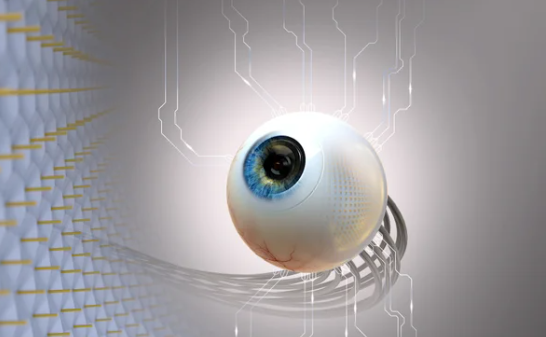We know the definition and function of lenses, but what are converging lenses?

Also known as positive are those whose thickness decreases from the center to the edges, light rays reach the lens from an object in parallel. The lens is located at a single point called the main focus, they are used in optics-optometry to compensate for refractive defects or errors such as myopia and some types of astigmatism.

There are mainly three types of converging lenses:
- Biconvex: They have two convex surfaces, they refer to a lens with two equal spherical and convex surfaces. They can achieve shorter focal lengths and are used to focus parallel rays of light onto a point. They are applied in laser systems, lighting, etc.
- Planoconvex: They have a flat and a convex surface, they are the simplest lenses to focus parallel rays of light at a point. They are applied in laser systems, lighting and other specifications.
- Concavoconvex (or convergent meniscus): It has a slightly concave and a convex surface, has a positive or negative focal length. Corrects the spherical aberration of a plano-convex lens.

Converging lenses are one of the key pieces in all types of current optical instruments. Some of the instruments whose operation is based on the use of converging lenses are the following:
- Cameras: Cameras are always equipped with a converging lens that directs the incident light towards the digital sensor, the focus of the image can be adjusted by varying the distance between the lens and the sensor.
- Microscopes: In the simplest case, a compound microscope could be built with only two converging lenses, a first lens generating a virtual image of the sample while the second lens provides additional magnification of this virtual image.
- Telescopes: Current telescopes use all kinds of lenses to obtain a clear image free of aberrations. Still, one of the key pieces in this lens combination is always a converging lens.
- Glasses: Glasses are a great instrument to correct the sight of people with vision problems. Most vision problems are due to defects in the eye that cause the incident image to not form exactly on the retina. In this sense, converging lenses are used to correct some of these defects, especially in the case of farsightedness, astigmatism or presbyopia.
- Magnifying glasses: Magnifying glasses are the simplest case of application of a converging lens, they simply allow an object to be observed magnified.
How about we make our own converging lenses? Let’s perform the following experiment.





Responses